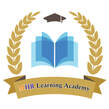|
Priya Viswanath, pp. 260, Rs. 295, Centre for Advancement of Philanthropy Publication This book celebrates Indians who care about India in a very special way!
I am most grateful to: Noshir Dadrawala, Executive Secretary of the Centre for Advancement of Philanthropy who had the faith and vision to support this pioneering effort. Noshir has been more than supportive and he has also been a staunch friend and patient observer of the many trials faced in the writing of the book. Working with the Centre has been one of the best experiences of my life!
0 Comments
Dr. C.R. Gopal, pp. 260, Rs. 250, IBH Prakashana This book "Change and Development in Lambani Society" is the abridged form of my thesis submitted to the Bangalore University for the award of Ph.D. Degree. While I was functioning as project Co-ordinator (1982-85), in the welfare project for artisans [Sandur Kushala Kala Kendra] of the company - [The Sandur Manganese and Iron Ores Limited] wherein I am working, I was Co-ordinating training and production activities in crafts like stone carving, wood carving, cane and bamboo works, doll making, khadi spinning and weaving in addition to mirror and embroidery (lambani craft). During this period I had the opportunity to acquaint myself more with the life style and craft of Lambanis. This, in subsequent years, has motivated me to takeup the present study. I am indebted to the Bangalore University for having given me the opportunity to conduct the study.
M.S. Gore, pp. 398, Rs. 675, Rawat Publications This book brings together some of my papers published earlier in two separate books entitled Some Aspects of Social Development (1973) and Social Aspects of Development (1985).
Sanjay Bhattacharya, pp. 448, Rs. 795, Rawat Publications Any profession would necessarily have to be conscious of the context in which it is operating in order to be relevant in its functioning. Social work also has been constantly evolving and attempting to redefine its mandates as per the changing needs of society.
Ashok Antony D'Souza, pp. 176, Rs. 350, Niruta Publications Pt. Jawaharlal Nehru in his midnight address to the Constituent Assembly on 14-15 August 1947 had observed, “The service of India means the service of the millions who suffer. It means the ending of poverty and ignorance and disease and inequality of opportunity. The ambition of the greatest man of our generation has been to wipe every tear from every eye. That may be beyond us, but as long as there are tears and suffering, so long our work will not be over”. Thus, India, being a socialist state, was expected to work towards bringing about a socio-economic transformation based on the ideals enshrined in the Constitution.
Shankar Pathak, pp. 224+VIII, Rs. 400, Niruta Publications This book is a selection of my published articles on a common theme. Most of them were written during a period of eight years 1979-1987 (chapters 1 to 4, and 6 and 7). Chapter 8 was written for the ASSWI seminar on poverty, December 1975 and published later in a book edited by R.R. Singh (Concept Publishing Co.). Chapter 5 was part of a special project conceived and executed by Dr. Murli Desai, who was then on the faculty of Tata Institute of Social Sciences and it was published in the Indian Journal of Social Work in April 1997. Chapter 9 was specially written during January-April 2013 for this publication, to provide the readers with an overview of India’s developmental planning of over sixty years, an empirial check on the conceptual-academic discussion of social development/ development in chapters No. 2 and 3.
Kalpana Goel, Venkat Pulla, Abraham P. Francis, pp. 264+XVI=280, Rs. 350, Niruta Publications What is this book about?
This book revisits community development especially questioning the meaning of the term community in the changing global and international context. The nature and dynamics of what constitutes community are changing to suit the needs of people living in a technologically advanced nature of life. Communities that were based on face-to-face interactions, sense of belonging and ‘we’ feelings are being replaced or overtaken by virtual communities. What is seen is that face-to-face human interaction is being minimised by technologically advanced ways of communicating, such as Facebook, Twitter, Skype and various other such mechanisms that have traversed physical boundaries and made human interaction possible. This new development has also been instrumental in generating new ideologies, new ways of working with people and addressing human causes. |
20,000 HR PROFESSIONALS ARE CONNECTED THROUGH OUR NIRATHANKA HR GROUPS.
YOU CAN ALSO JOIN AND PARTICIPATE IN OUR GROUP DISCUSSIONS. Categories
All
|
SITE MAP
SiteTRAININGJOB |
HR SERVICESOTHER SERVICESnIRATHANKA CITIZENS CONNECT |
NIRATHANKAPOSHOUR OTHER WEBSITESSubscribe |
MHR LEARNING ACADEMY
50,000 HR AND SOCIAL WORK PROFESSIONALS ARE CONNECTED THROUGH OUR NIRATHANKA HR GROUPS.
YOU CAN ALSO JOIN AND PARTICIPATE IN OUR GROUP DISCUSSIONS.
YOU CAN ALSO JOIN AND PARTICIPATE IN OUR GROUP DISCUSSIONS.
|
|
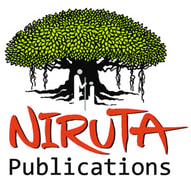
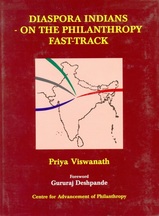
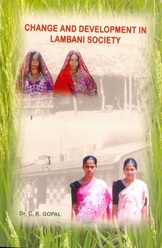
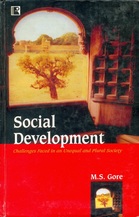
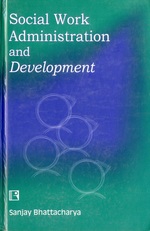
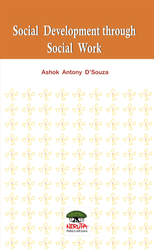
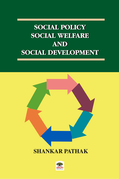
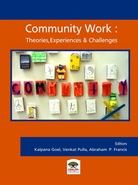
 RSS Feed
RSS Feed



